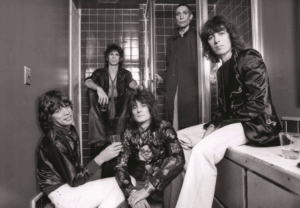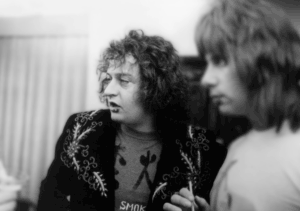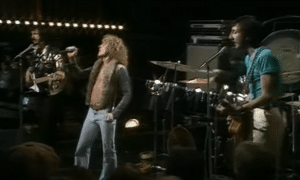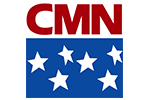On This Day in 1975: Led Zeppelin’s “Physical Graffiti” Awarded a Gold Record

via SicaRec / YouTube
Led Zeppelin received a Gold record on March 6, 1975, for their double album called “Physical Graffiti.” This release, which came out on February 24, 1975, was the band’s sixth studio effort. It followed the success of earlier albums like Led Zeppelin IV and Houses of the Holy. Fans were eager to hear new music, and the double LP format gave them a large collection of tracks to explore. Critics noted that the group combined various musical influences, including hard rock, blues, and even some acoustic elements.
“Physical Graffiti” eventually went on to be certified 16 times Platinum, representing over 8 million copies sold in the United States. The recording sessions took place in different studios, but much of the work happened at Headley Grange, a remote house in England where the band had also recorded earlier material. Led Zeppelin’s members—Jimmy Page, Robert Plant, John Paul Jones, and John Bonham—were at a creative high point, experimenting with new sounds and techniques. This album highlighted their musical range, featuring heavy riffs, complex rhythms, and memorable vocal performances.
View this post on Instagram
The Genius of Physical Graffiti
The record included standout songs like “Kashmir,” which became one of the group’s signature tracks. Listeners recognized the Middle Eastern influence in its melody and the dramatic interplay between Page’s guitar and Plant’s vocals. Another notable piece was “Trampled Under Foot,” which showed off Jones’s skills on the keyboards and carried a driving funk-rock style. The band also revisited unreleased material from earlier sessions, ensuring that “Physical Graffiti” felt both fresh and connected to their past work. This blend of old and new tracks allowed fans to experience Led Zeppelin’s evolution while still enjoying their signature style.
Upon its release, “Physical Graffiti” received praise from many rock critics. They noted the album’s length, spanning two records, and observed how each side offered a different tone or mood. Some tracks leaned more toward blues, while others incorporated progressive elements. Listeners could also hear acoustic guitar work that provided balance against the heavier pieces. This variety demonstrated the group’s commitment to growth, as they moved beyond the basic structures of early heavy rock. Many fans saw the double LP as proof that Led Zeppelin could remain inventive without losing the power that first brought them fame.
View this post on Instagram
The Impact and Legacy of Physical Graffiti
When the album went Gold on March 6, 1975, it confirmed the band’s continued success. The record’s sales only increased in the following months, driving it to multi-platinum status. Over time, songs like “Kashmir” found a place in rock radio rotations and concert setlists, ensuring that new generations discovered the group’s sound. Listeners often pointed to “Physical Graffiti” as a key example of Led Zeppelin’s creativity, citing its range of styles and willingness to explore different approaches within one release.
Even as the band’s lineup remained consistent, their approach to songwriting and recording shifted with each album. “Physical Graffiti” revealed the group’s desire to push boundaries, taking advantage of new studio technologies and production ideas. The record’s packaging also drew attention, with a distinctive cover design featuring a New York City building facade that included cut-out windows. This artwork became closely associated with the music, adding another layer to the album’s identity. Critics and fans alike praised the record for its depth, with many calling it a defining work in Led Zeppelin’s catalog.


















